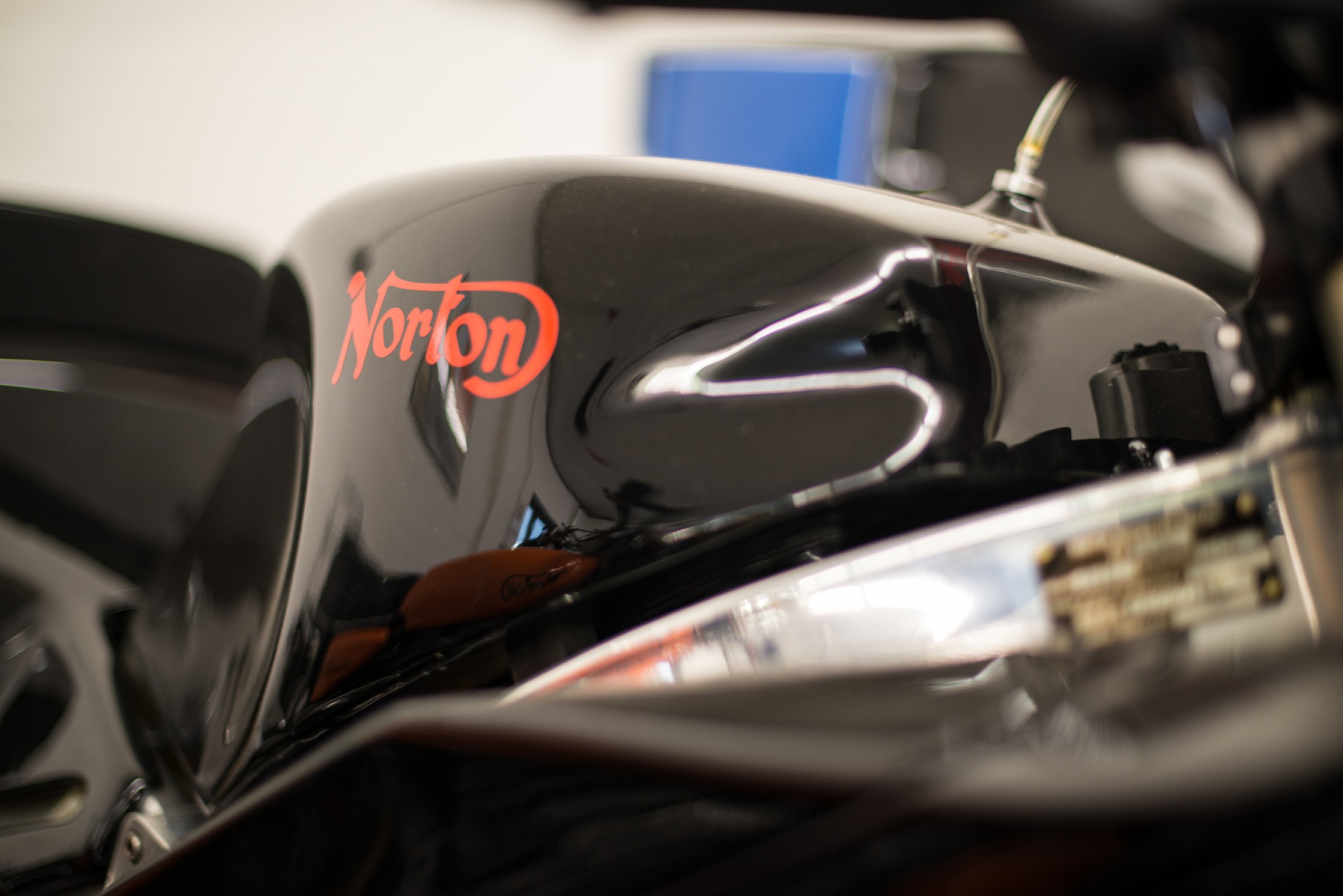Deets55
VIP MEMBER
- Joined
- Oct 3, 2013
- Messages
- 1,653
Hi All,
I plan to re-use my current Comstock breather (not sump-type but 1972-type) on a MK3 crankcase, so I'll have the LH case to be milled and drilled accordingly. Can someone give me the dimensions and locations of the 3 holes to drill and mill (one "main", 2 threaded) ?
Thks in advance,
Laurent
If it's going on a MKIII and you plan on keeping the left hand shift beware of the cross shaft.

